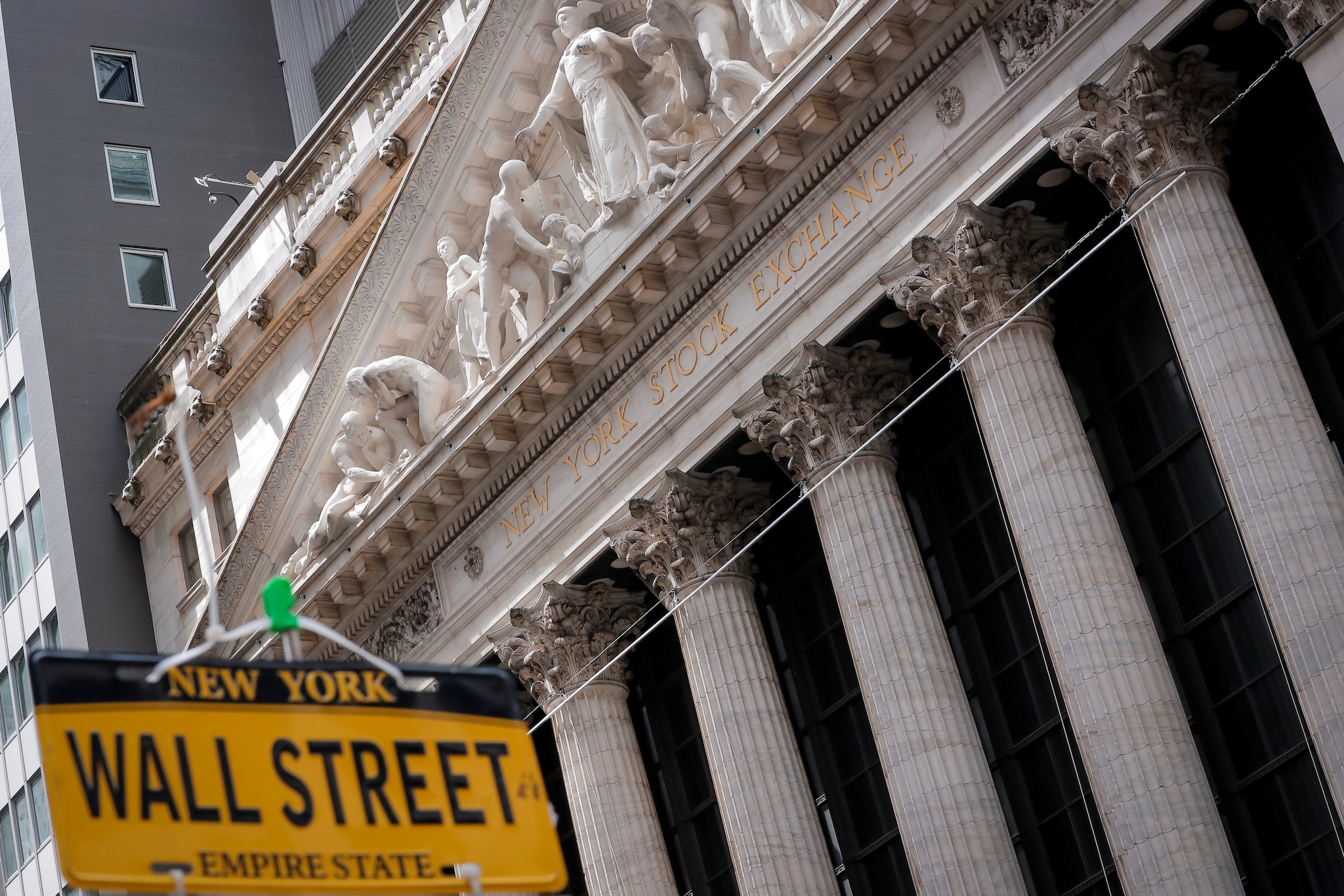As commodity costs have dropped in recent months, Costco lowered prices of eggs, butter and other key staples. These deals, and expanding hours for gas services, helped its performance. Still, prices of non-food items rose in the low-single digits for the first time in a number of quarters due to imported goods, executives said.
![]()
By Bloomberg May 30, 2025, 5:02:51 AM IST (Published)

Costco Wholesale Corp. posted better-than-expected earnings in the third quarter, a sign that the nation’s largest club chain is flexing its scale and devoted following to navigate tariffs and economic turbulence.
The retailer said it generated earnings per share of $4.28 for the quarter ended May 11, above what Wall Street analysts were expecting. The metric suggests that Costco is maintaining profitability even as consumers prioritize necessities to save money.
The shares were little changed Thursday in after-hours trading in New York. So far this year, the stock has advanced 10%.
Costco is the latest big-box retailer to post quarterly results, as investors and analysts search for clues on how shoppers are spending and what they are buying. Many consumer-facing companies have posted soft results in recent weeks with Target Corp., Procter & Gamble Co. and Kraft Heinz Co. slashing their annual outlooks. Walmart Inc. and a handful of names have been outliers with strong results.
Sweeping, on-off tariffs have upended operations across industries, fueling chaos among companies, investors and consumers. Courts are weighing in on whether these tariffs can stay in effect.
Costco is taking various steps in response to the tariffs, such as rerouting goods sourced from countries with high tariffs to other markets, Chief Executive Officer Ron Vachris said on a call with analysts. About a third of Costco’s US sales come from goods imported from other countries.
In the US, it’s sourcing more locally-produced mattresses, pillows and other items. The retailer has also pulled forward some summer products such as sporting goods, an effort that helped Costco keep prices low.
Amid tariff-driven cost increases, Costco is examining potential price changes on an item-by-item basis, executives said. For example, it held prices of pineapples and bananas — sourced from Central and South America — but raised those of other goods that are more discretionary.
As commodity costs have dropped in recent months, Costco lowered prices of eggs, butter and other key staples. These deals, and expanding hours for gas services, helped its performance. Still, prices of non-food items rose in the low-single digits for the first time in a number of quarters due to imported goods, executives said.
“It’s full-force ahead on lowering prices where we can,” Vachris said.
Costco tends to be more resistant to economic volatilities because its customers skew more affluent and pay a fee to shop at its network of more than 800 stores. The company — known for its ever-changing assortment of mega-sized products — has been expanding its popular Kirkland brand and investing in its digital operations.
Historically, it has sacrificed short-term profit margins to gain members, drive loyalty and grow business. The company’s limited-assortment model and large scale also give the company more flexibility on what it sells.
Against the backdrop of tariffs, measures of US consumer sentiment have deteriorated during most of the Trump administration on fears of an economic fallout. Spending has generally held up so far, though tariff-driven price increases are starting to hit store shelves.
Many companies have signalled that they will be strategic and surgical about price increases, holding down costs of some items and discontinuing other products should they get too expensive. Overall, clothes, electronics and home goods are among the most vulnerable to levies.
Costco, which reports monthly sales ahead of earnings, said its comparable sales excluding gas and currency fluctuations rose 8% during the latest quarter. E-commerce sales grew about 16% during the quarter. Traffic to website and stores also rose. Gold, toys and health and beauty items were among top sellers.

 1 month ago
1 month ago












